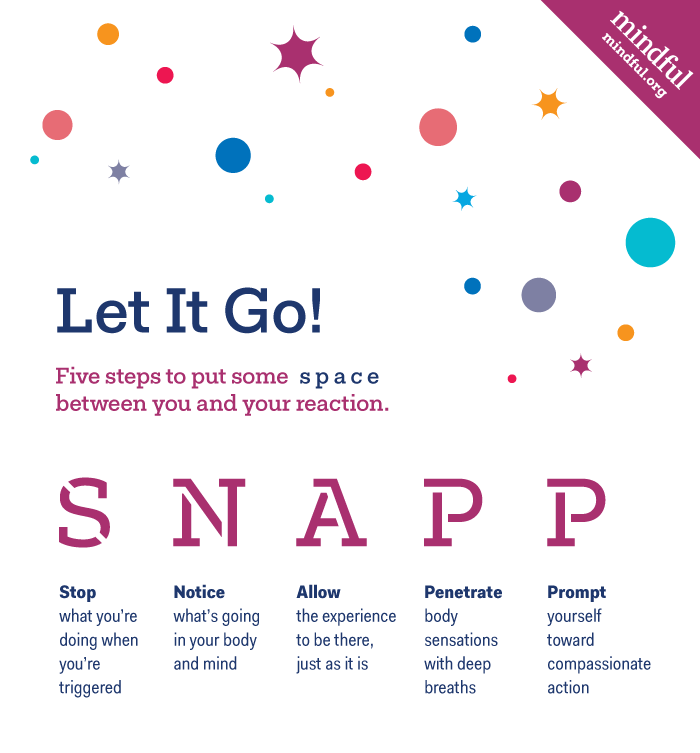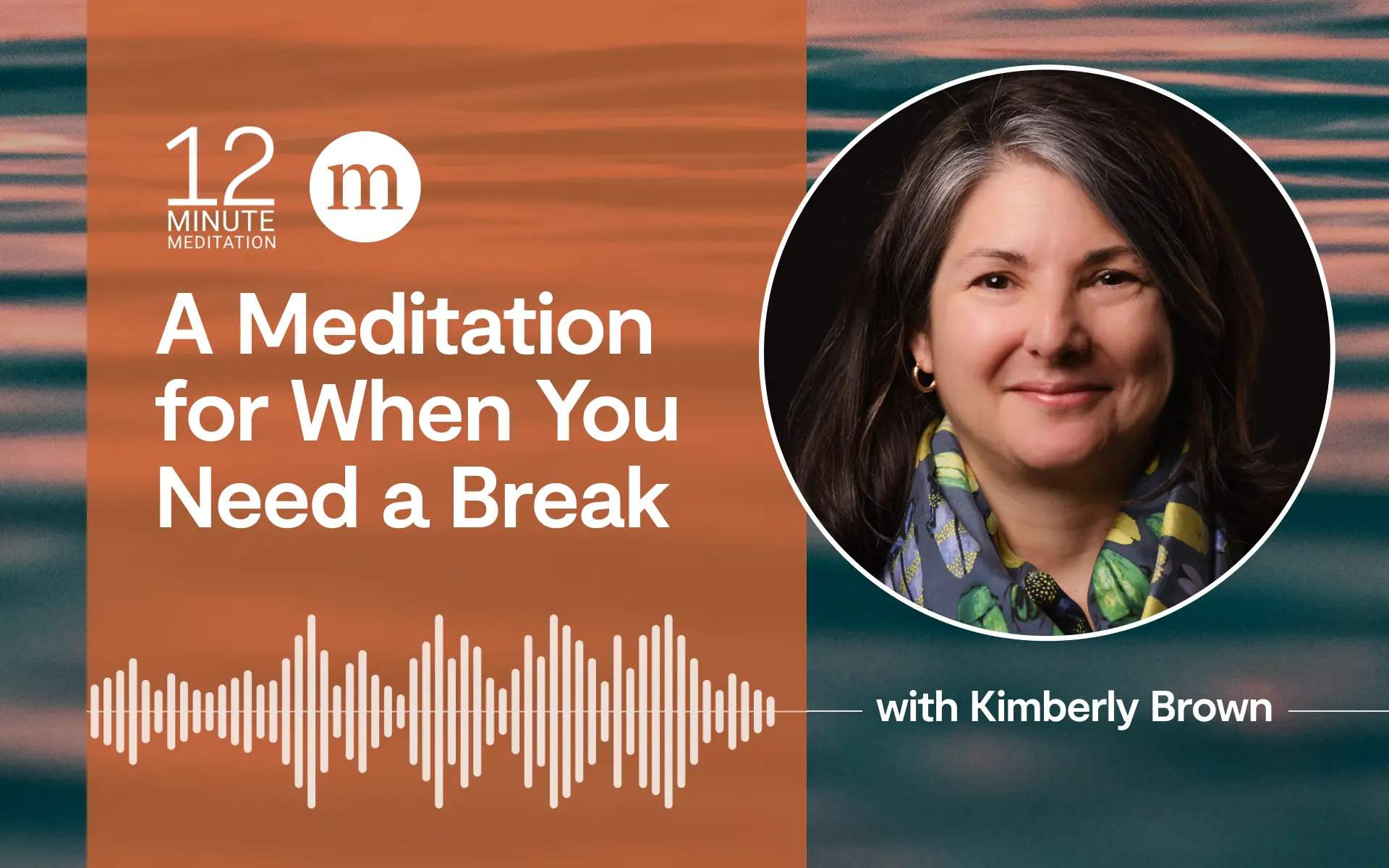When I was a kid, one of my favorite game shows was The Price is Right. I liked the game “Plinko”—where contestants earned “plinko chips” by accurately estimating prices of household goods (prominently displayed for the camera and, of course, flanked by beautiful, overly smiling models). At the cue of host Bob Barker, and with chips in hand, contestants climbed the steps leading up behind the “Plinko” wall so that they could release them one at a time, pinball style, down the wall and toward their dreams of “Showcase Showdown” success. Chips bounced about off of pegs placed tightly across the wall, eventually landing in slots at the bottom that were assigned prize dollar amounts. There was no way to know exactly where things would end up. The chip might start on the left, veer toward a thousand bucks, only to end up all the way over to the right in Zilchville. Some contestants seemed like they had a strategy to their plinko-ing, but it was really chaotic and random. Only the Plinko gods, (or maybe some secret magnetic remote in Bob Barker’s pocket), could control the outcome.
This is how much of my clinical work has seemed over the years—like playing Plinko. You start out with a general sense of where you’d like to end up with a client, but somehow, things bounce around, and the actual end point of treatment is in a completely different (and sometimes very surprising) direction. There’s a Plinko quality to parenting as well—we, as parents, set our sights on specific goals and outcomes for our kids, and then…reality says otherwise.
Plinko is great for a game show, but it really has no place as the method for deciding the course of treatment for a client, nor does it make sense as a way for constructing your household or your savings plan for your child’s college education. Besides, at least on The Price is Right, contestants all got parting gifts. All I’m left with at the end of some of my sessions (and parents after a confusing and contorting day of managing their kids) is a throbbing headache. Sound familiar?
My wife and I used to talk on Friday afternoons about our weekend plans. We would each lay out our agendas for all the shopping, errands, household doings, social outings, and work-related tasks we’d tackle and cross off our lists by the dying of the light on Sunday. As many a parent has learned through hard experience, the to-do lists of family weekends must become “tentative” at best. It doesn’t matter how tightly you grip your agenda because when your kid comes down with a stomach bug and throws up all over it, none of it will get done (and your list becomes less of a desired occupant of your wallet or purse).
Parents learn this “looseness” in planning regarding their evenings and weekends, but why is it harder when it comes to the behavior our kids MUST exhibit in public, or what friends they WILL (or WON’T) have, the school they SHOULD attend, or the person they must NEVER marry? In my clinical work I’ve learned to set goals for treatment but to write them out in pencil, a big eraser always sitting within reach. I’m thinking it’s also important for parents to have a similar flexibility in the craning of their necks toward their children’s horizons. You can’t really see that far anyway.
It doesn’t matter how tightly you grip your agenda because when your kid comes down with a stomach bug and throws up all over it, none of it will get done. Parents learn this “looseness” in planning regarding their evenings and weekends, but why is it harder when it comes to the behavior our kids must exhibit in public, or what friends they will (or won’t) have, the school they should attend, or the person they must never marry?
The Coin Metaphor
A metaphor I’ve used in session with parents and kids has to do with holding a coin in your hand. “This coin represents that ‘thing’ you want to happen—that thing this is very, very important to you,” I say.
I plop the coin into the palm of their hand. “Grip it very tightly—as tight as you can.” I wait until I can see the whites in their knuckles, suggesting the gripping is sufficiently intense.
“Now, turn your hand over, fingers facing the floor. Imagine releasing your grip on this thing—this thing you want so badly.” I wait for “the look”—the sense from the person that “no, I don’t want to let go of it.”
“Go ahead and turn your hand over,” I say. “Now slowly open your fingers.” I watch as they look at the coin resting there that now means much more than one-tenth of a candy bar. It holds the mass and weight of their most important desires.
“Are you willing to let it just sit there in your open palm? Let it sit without clutching at it as long as it will. Let it sit there despite anything that might happen to bounce it out of your grasp?”
Whether we’re talking about a client’s wants and needs, or those of a parent for their child, the recommendation is the same: to let the goal sit loosely in one’s open palm. If you grip at it, you won’t be able to pick anything else up and you might miss something even more important.
Whether we’re talking about a client’s wants and needs, or those of a parent for their child, the recommendation is the same: to let the goal sit loosely in one’s open palm. If you grip at it, you won’t be able to pick anything else up and you might miss something even more important.
As most of us are well aware at this point, the science is clear that we manage pain better, symptoms of disease abate more readily, anxiety calms and depression eases more when we learn to mindfully watch and allow our moment-to-moment experience. Our pain, symptoms, fears all seem to increase when we grip at them, try to “control” them away.
What parent has not felt pain, experienced anguish, gotten a cold due to a compromised immune system, and suffered from the heights of anxiety and the lows of depression in the wake of the comings and goings of their children? The research is clear—we’ll suffer less and have more stable emotional footing for making sound steps forward as parents if we learn to mindfully engage our experience of our children. And yet, it’s so very hard to do.
This post is the first in a series I will write for parents and caregivers of kids on Mindful.org. In this series, I’ll lay out a model for getting past rigid expectations, biased perceptions, and hand-wringing angst in trying to manage things with children—particularly some of their more problem behaviors—the things they absolutely MUST stop doing. I call this model the “PRIZE” model, and in each post, I’ll lay out another letter in the acronym. PRIZE is a series of steps for mindfully, compassionately, and courageously managing communication with kids that helps them not only connect with you, but also helps reign in their own difficulties and reassures them of how you are there to help lead things forward in a positive direction. Our first step in the PRIZE model is “Presence”: fully contacting, allowing, and nonjudgmentally relating to the sensations that show up when we’re managing things with kids (often in the form of intense emotions).
Presence is what you’d expect and are likely practicing to some degree already when it comes to mindfulness—concentration practices where you gently return awareness to a chose object (e.g. your breath) when your thoughts have gone astray. In addition, presence entails a willingness to practice acceptance (NOT resignation) of what’s happening in your experience once it’s here. When a painful emotion is materializing in your bodily sensations, there’s no sense in fighting or controlling it away—you’re much better off noticing it, resting in the sensations, and then watching as they pass, and then nudging yourself in a action direction of importance to you.
Triggered? Remember SNAPP
To get started, I’ll offer the following method for cultivating acceptance of what’s happening inside you whether it be after the sight of a dented car door after your teen had borrowed the family Sedan, or yet another fun, impromptu performance of whining at the dinner table over your decision to serve fish and not pizza. To practice mindful presence in such a moment, try “SNAPPing awake” by doing the following:

-
S . . . top what you’re doing for just a moment when you can tell you’re getting triggered.
-
N . . . otice with curiosity what is happening in your bodily senses and your thoughts.
-
A . . . llow these experiences to be just as they are, without judgment or attempts to control them.
-
P . . . enetrate these sensations in the body with full, deep belly breaths (slow, deep breathing that expands your belly on the inhale) and continue to breath in this way until you notice your experience shifting.
-
P . . . rompt yourself to move/act in the direction that feels most important and in line with what takes everyone’s perspective compassionately into account.
Parents shouldn’t play “Plinko” with their children’s college savings, but they should learn to let go of gripping things so tightly in their daily parenting that the few chips they’re greedily holding never fall in the first place. When we’re triggered and flooded emotionally, it’s natural for us, as parents, to clench and stiffen and have our reactions reflect this rigidity. If we practice “snapping awake,” we give ourselves the flexibility to be much more effective in managing tough situations. Things end up working out the way they need to.
When we’re triggered and flooded emotionally, it’s natural for us, as parents, to clench and stiffen and have our reactions reflect this rigidity. If we practice “snapping awake,” we give ourselves the flexibility to be much more effective in managing tough situations. Things end up working out the way they need to.
Adapted from Psychology Today







